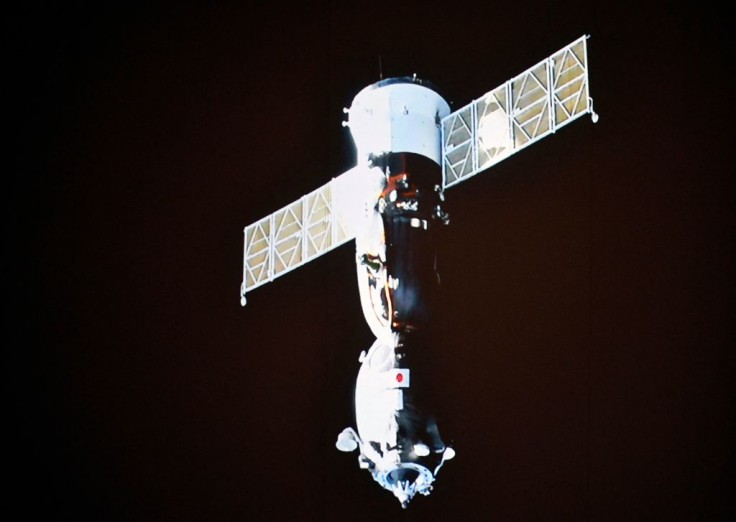While it is true that ground-based solar panels are already making a significant difference in energy generation, the system is frequently hampered by cloud cover, which prevents full-scale power generation.
To further utilize the energy that comes from the sun, China has announced plans to construct a solar power plant in space, an ambitious project that several other countries are attempting to achieve, Digital Trends reported.
To get around this, Chinese scientists and engineers have been working on a means to build a solar power plant in space that can beam the stored energy down to Earth.

How Much Energy Can This Solar Power Plant Produce?
The proponents of a paper published in the peer-reviewed journal Chinese Space Science and Technology suggest that such a facility could generate six times the amount of energy as one on the ground. The facility is expected to generate about 10 kilowatts of power, considering that it works effectively. However, the researchers noted that it can be scaled up further to produce considerably more energy.
How Can Harnessed Power Be Transmitted to Earth?
As per South China Morning Post, while China had planned to launch its first solar power transmission technology in 2030, project team members said that technological advances have allowed it to begin testing its equipment in space in 2028.
In that year, a satellite would be launched from an altitude of 400 kilometers to test wireless power transfer technologies from orbit to the earth. The researchers claimed in their paper that the "satellite would convert solar energy to microwaves or lasers and direct the energy beams to various targets, including fixed locations on Earth and moving satellites," South China Morning Post report read.
Read More : NASA Announces Lunar-VISE, a Moon Explorer Whose Goal is to Solve the Lunar Mystery of the Gruithuisen Domes
Other Countries Are Also Considering This Space-Based Technology
It was reported the U.S. military has tested similar technology on the X-37B space plane and is proposing a $100 million experiment to power up a remote military base as soon as 2025.
On the other hand, NASA, which had put the project on hold for nearly two decades due to the infrastructure's complexity and cost, announced last month that it was working on feasibility studies alongside the U.S. Air Force.
In March, the British government said that it was exploring a £16 billion proposal to launch a pilot solar power plant into space by 2035, with the aid of a number of European defense firms, as reported by South China Morning Post.
Potential Challenges of the Space-Based Solar Power Plants
According to the study, some of the issues of creating a space-based solar power plants include the following:
assembling very large infrastructure in orbit with multiple launches
effectively cooling various essential components
penetrating the atmosphere with high-frequency beams in all weather conditions
avoiding harm from asteroids, space debris, or an intentional attack
Related Article: China's Shenzhou-14 Mission Has Launched With the Goal of Expanding the Tiangong Space Station









